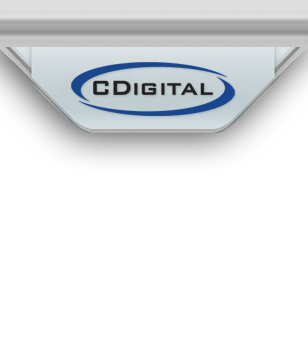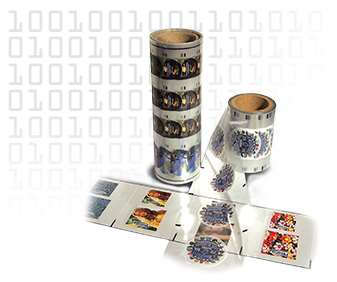 Manufacturers and ad specialty companies have several options when it comes to product decoration. Quite frankly, it can be rather difficult (and confusing) trying to compare and contrast the various methods: pad printing, screen printing, digital heat transfers, and so on. Each has its own benefits and disadvantages.
Manufacturers and ad specialty companies have several options when it comes to product decoration. Quite frankly, it can be rather difficult (and confusing) trying to compare and contrast the various methods: pad printing, screen printing, digital heat transfers, and so on. Each has its own benefits and disadvantages.
What Is Pad Printing?
In the early 1970’s pad printing burst onto the scene, quickly gaining popularity over traditional decoration methods, such as hot stamping and screen printing. Pad printing involves transferring a 2D image onto a 3D surface using an indirect offset (gravure) printing process. The printing plate (cliché) is transferred to the object (substrate) via a silicone pad. Hence, pad printing. This process proved beneficial for many reasons, including:
- The ability to print irregular shapes and surfaces.
- Printing at a reasonable rate of speed.
- Printing finely detailed images.
However, pad printing also has several disadvantages. For starters, images have been known to wear away over time. Abrasion – often the result of simple wear and tear – can damage the image. Just look at the letter on your keyboard. Odds are they were probably done using pad printing. No how many of those letters are starting to wear?
The Benefits of Digital Heat Transfers
Quickly gaining popularity in the product decoration community, digital heat transfers offer benefits that other printing methods simply cannot compete with.
Cost Effective Short Run Decorating
With traditional decorating methods, such as pad printing, large quantities need to be purchased in order to make the order cost effective. With digital transfers, short run decoration is not only possible, but cost effective. Click Here to learn more.
Full Color Transfers
“Being digital, an almost endless array of process colors can be built using the cmyk+w spectrum,” said Matt Regan, senior vice president for CDigital, formerly trademarked as Grafixx. The printing process is capable of hitting over 10,000,000 colors. As a result, digital heat transfers are able to produce fluid gradients and photographic quality images. Click Here to learn more.
Dry Decorating Process
Digital decorating technology utilizes a dry decorating process with no cure time. Just hit it with heat and pressure and it is on. No handling of inks and no VOC’s.
Say goodbye to the mess.
And Much More!
One of the most popular methods for decorating plastics (and the only digital solution for decorating glass), digital heat transfers consistently outperform in-mold labeling, pressure sensitive labeling, and silk screen decorating.
Digital Heat Transfers from CDigital
Digital heat transfer from CDigital are economical, making digital product decoration and short run decorating not only possible, but affordable. Our print technology is by far the most cost effective multicolor print solution on the market. Plus, because we are fully digital we can turn the jobs as fast as any local printer.
CDigital: the leader in digital heat transfers.
If you would like to learn more about Digital Heat Transfers, please contact CDigital at 410-646-7800 or fill out our Contact Form. You can also follow us on Facebook, Twitter, Google+, Pinterest, and YouTube.

